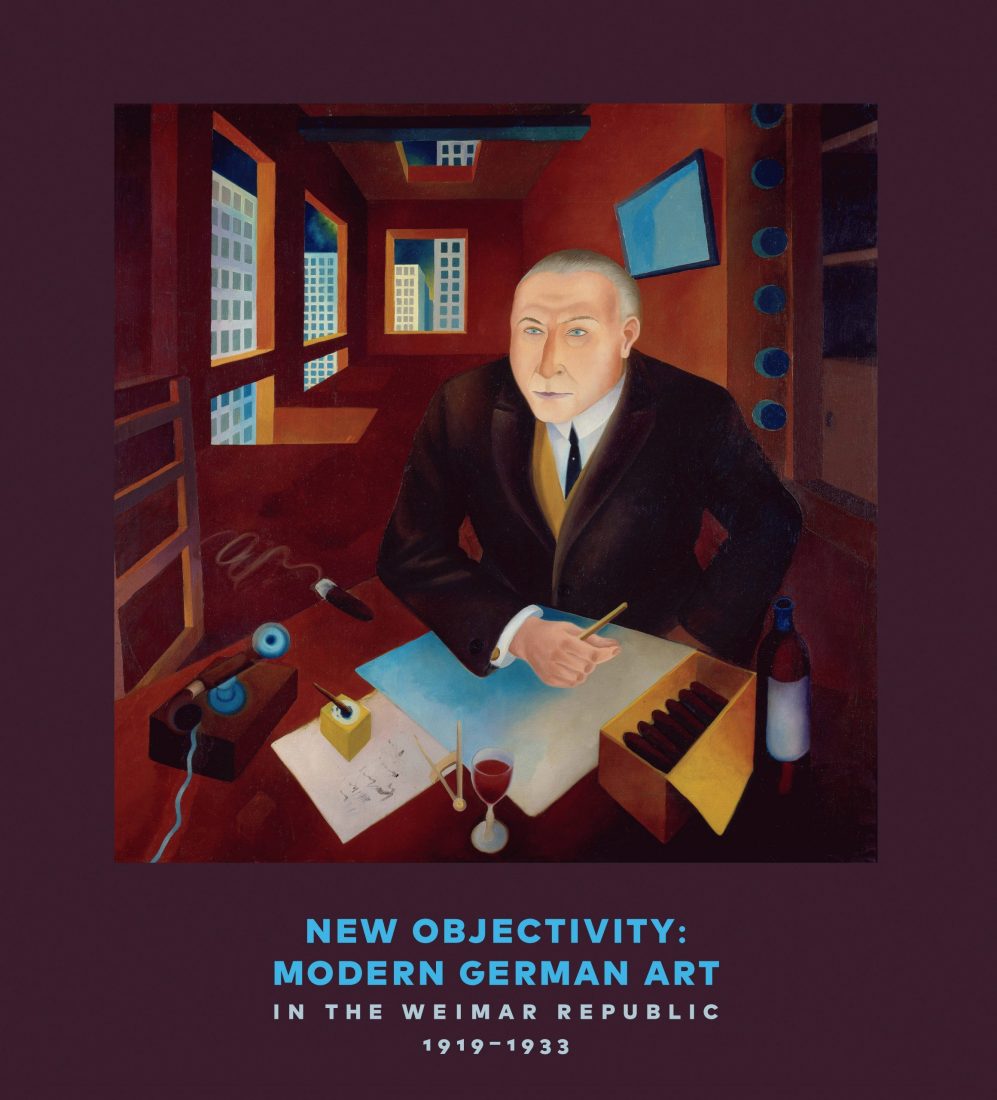New Objectivity: Modern German Art in the Weimar Republic 1919-1933

2016 Winner, Alfred H. Barr Jr. Award, College Art Association
2016 Curatorial Awards for Excellence (AAMC), Catalogue
Between the end of World War I and the Nazi rise to power, Germany’s Weimar Republic (1919–1933) was a thriving laboratory of art and culture. As the country experienced unprecedented and often tumultuous social, economic, and political upheaval, many artists rejected Expressionism in favor of a new realism to capture this emerging society. Dubbed Neue Sachlichkeit—New Objectivity—its adherents turned a cold eye on the new Germany: its desperate prostitutes and crippled war veterans, its alienated urban landscapes, its decadent underworld where anything was available for a price. Showcasing 150 works by more than 50 artists, this book reflects the full diversity and strategies of New Objectivity. Organized around five thematic sections, it mixes photography, works on paper, and painting to bring them into a visual dialogue. Artists such as Otto Dix, George Grosz, and Max Beckmann are included alongside Christian Schad, Alexander Kanoldt, Georg Schrimpf, August Sander, Lotte Jacobi, and Aenne Biermann. Also included are essays that examine the politics of New Objectivity and its legacy; its relation to international art movements of the time; the context of gender roles and sexuality; and the influence of new technology and consumer goods.
Also published in Italian.